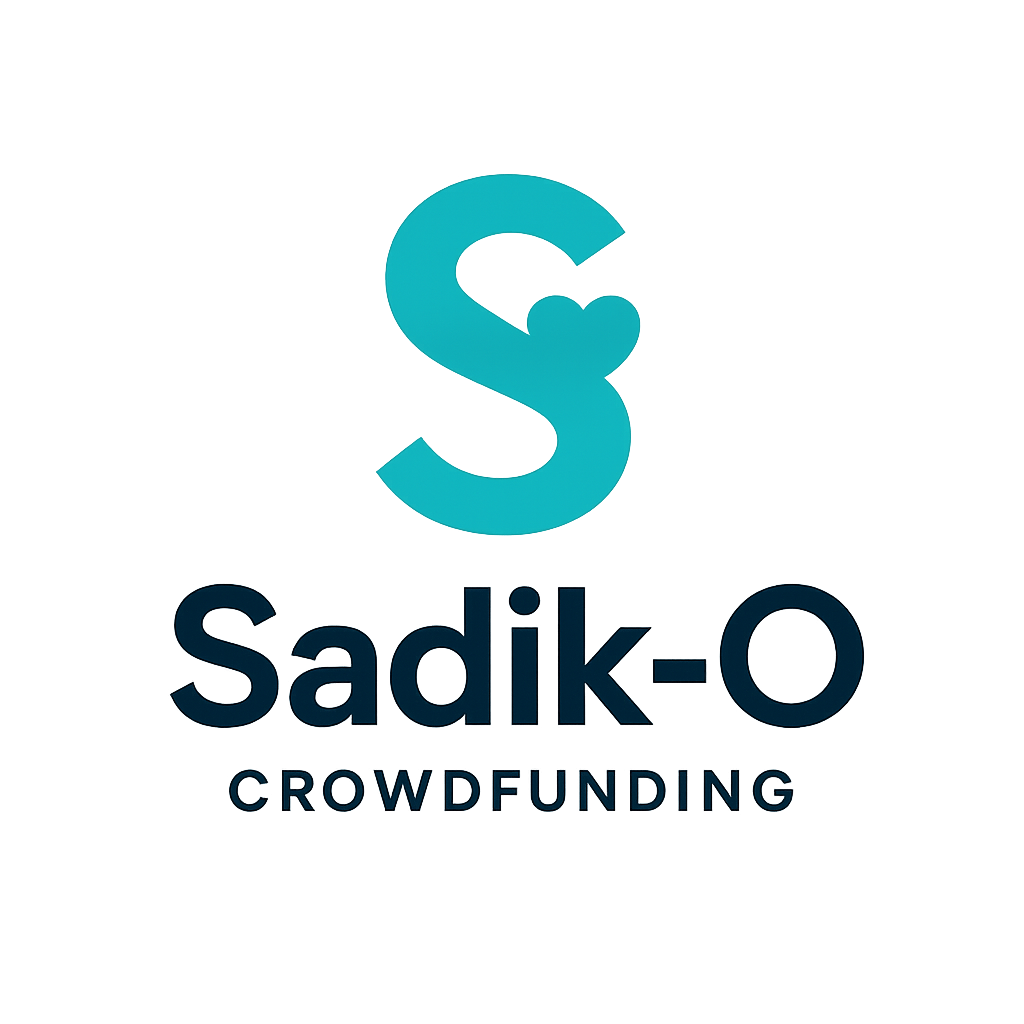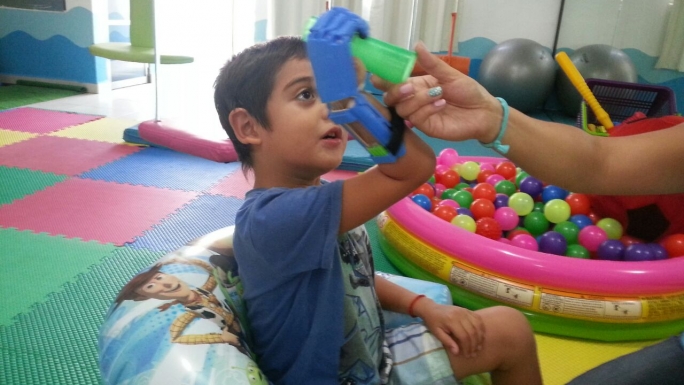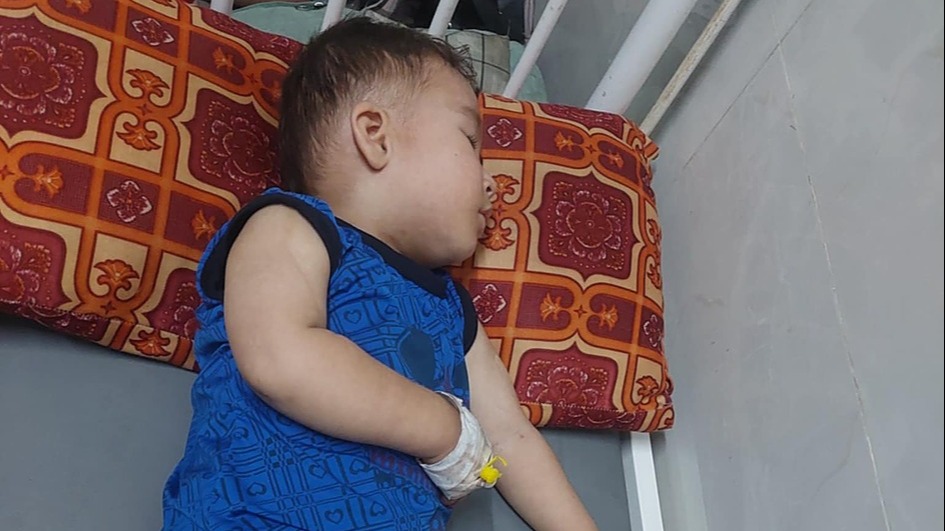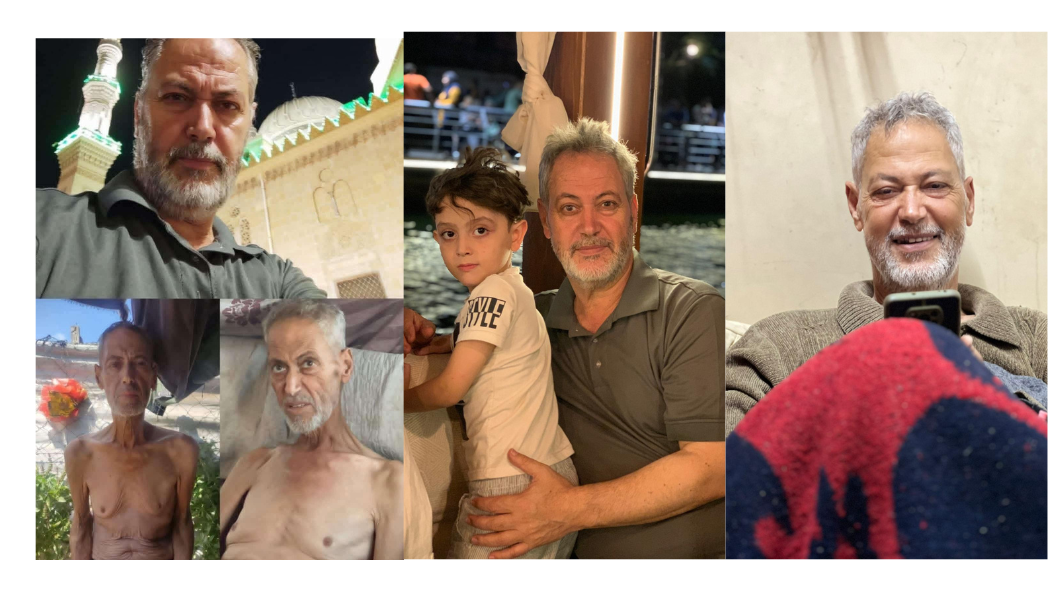Technological assistance and Prosthesis
Technological assistance and Prosthesis
-
$5,000.00
Funding Goal -
$0.00
Funds Raised -
0
Days to go -
Campaign Never Ends
Campaign End Method
Product Description
Sydney, New South Wales, Australia
Donations are 100% tax deductible
Supporters
How long have you been working and how much experience do you have?
We are a professional team with different areas of knowledge. Our team has experience in the industry which embraces education, occupational therapy and psychology.
We have been working on the development of technological assistance for the disabled community for a year and a half until now.
What is it about?
The goal is to start a non-profit association, dedicated for the development and implementation of assisting technology for people with disabilities. This association will donate tools that will be aided for the community.
What projects will you begin?
Development of upper limb prosthetics.
For the development of these devices it is necessary to use a new technology called 3D printing. These type of prosthetics require modelling that includes an industrial design software. The software uses the scaling to print layer by layer of polymer (plastic) that is biodegradable corn-based (PLA). The printing process varies from 12 to 24 hours depending on the model to be printed and the complexity of adaptation. The assembly takes approximately 2 to 3 hours. The mesh of the prosthetics are made by means of elastic bands depending on the patient and there is no need for surgery. Fingers, hands and arms can be printed.
Electric wheelchair for low cost to children
The model that has begun is based on tubes of 1 inch PVC and direct current motors, equipped with a power transmission. It allows a transfer of up to 35Kg from one side to another. The battery is a regular motorcycle battery and the control has been designed using hardware and free software in order to be able to control the chair via Bluetooth. This gives an advantage over commercial models, since parents can interact with their children.
The Assembly process varies from 24 to 36 hours. The result is a chair of very low cost in comparison with what is on the market, and in addition is very light, so it prevents common problems for the transfer.
Electronic pointer (Mouse controlled by movements of the head)
The idea of the electronic pointer is the interaction of the individual with the computer. It can be programmed to have an automatic click if the patient places the cursor for a period of time.
Another alternative is to put a button inside the mouth of the person so they are able to click with only using their mouths.
The intention is that once the patient can manipulate the computer they can use word processors, connect to the Internet and use all available peripherals, such as controlling wheelchairs, including home automation devices.
What are the costs?
The cost of production varies according to the project, however you can estimate a cost for the most common models.
Prosthetic hand with five fingers – $350 Aus
Electric Wheelchair – $1500 Aus
Electronic pointer – $350 Aus
What is the methodology?
The plan has been developing for currently 1.5 years and consists of several stages
Stage one: The Evaluation
There are two types of evaluations which are done at this stage. A psychological assessment evaluates certain aspects that can tell us if the candidate is ready to receive any of these devices. The therapeutic evaluation is then recorded and customized for each individual work plan. The evaluations are to record the expectations of the candidate and to present a broader picture of the advantages and disadvantages of the use of these devices and define if the use of assistive technology can help or not help the individual. Usually two sessions of one hour each.
Stage two: Development
At this stage the moulds are taken and measured for necessary adaptation for the patient. This process takes about an hour. It is then tested and recognised in terms of operations for the requested devices (the time depends on the complexity of the device to build on each individual case).
Stage three: Implementation
Once the device is implemented the patient is then taught on how to correctly practice and handle the usage of the device. This method usually takes 2 hours.
An evaluation of psychomotricity is then registered to find any changes with regard to the initial assessment that was performed. There are usually two sessions. Firstly with a psychologist followed by a therapist of one hour each.
Stage 4: Follow-up
A work plan is added to monitor the therapeutic need and psychological development of the individual. This assessment is conducted by three sessions of occupational therapy and three sessions by the area of psychology.
What is next?
To further develop technological tools for the service of the community and find sponsors to continue with this project and if possible seek agreements with institutions interested in helping people with disabilities.
Anonymous
9 years ago
$25
Karla Lizbeth Perez Romero
9 years ago
$25
Pamela Ramirez
9 years ago
$25
Gerardo Alan Montoya Gurrola
| ID | Name | Amount | |
|---|---|---|---|
| 1244 | Listing Agent | [email protected] | |
| 1215 | Listing Agent | [email protected] |







